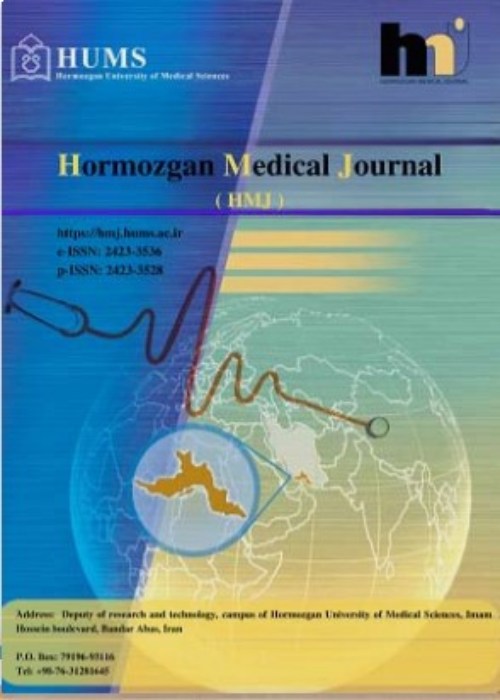Adenoid tissue: a comparative bacteriological study
Author(s):
Abstract:
Introduction
Adenoid hypertrophy and its complications such as otitis media and sinusitis are common problems in childhood. Rapid and appropriate detection of interfering microorganisms in chronic nasopharyngitis is very important for better medical and surgical interventions. The aims of this study were to detect major core adenoidal microorganisms and to compare similarity of pernasal and oropharyngeal cultures with adenoidal culture, and also to compare bacteriological resistance in patients with and without complications. Methods
In this descriptive study, 50 patients with adenoid hypertrophy and chronic nasopharyngitis were recruited and divided into 2 groups: group I (n=25) with complications such as otitis media with effusion and group II (n=25) without complication. All patients underwent adenoidectomy. A pressure equalizing tube was inserted for patients in group I. The smear and culture specimens were collected for bacteriological study. Results
After 26 months of prospective bacteriological study on 50 patients with adenoidal enlargement, major results were as follow: the most common adenoidal growing microorganisms in two groups of patients, in decreasing frequency were hemophilus influenza, type B beta hemolytic streptococcus and staphylococcus auresus. Pernasal smear and culture results were more similar than oropharyngeal results to core adenoidal cultures (p<0.01). 70.1% of adenoidal microorganisms in group I patients and 21.2% in group II patients were resistant to ordinary antibiotics (without anti-betalactamase activity) (P<0.0001). Conclusion
For better medical management of chronic nasopharyngitis (pre and/or post adenoidectomy), we recommend that in antibiotic selection, the hemophilus influenza type B should be considered as the major growing organism. Pernasal culturing is more appropriate for detection of interfering microorganisms. In complicated patients (cases of otitis media with effusion and/or sinusitis) it is advisable to use more potent antibiotics with anti-betalactamase activity. For infection control in non-complicated patients, use of ordinary antibiotics can reduce the resistance to potent antibiotics in general population.Keywords:
Language:
Persian
Published:
Hormozgan Medical Journal, Volume:12 Issue: 4, 2008
Pages:
243 to 247
magiran.com/p623598
دانلود و مطالعه متن این مقاله با یکی از روشهای زیر امکان پذیر است:
اشتراک شخصی
با عضویت و پرداخت آنلاین حق اشتراک یکساله به مبلغ 1,390,000ريال میتوانید 70 عنوان مطلب دانلود کنید!
اشتراک سازمانی
به کتابخانه دانشگاه یا محل کار خود پیشنهاد کنید تا اشتراک سازمانی این پایگاه را برای دسترسی نامحدود همه کاربران به متن مطالب تهیه نمایند!
توجه!
- حق عضویت دریافتی صرف حمایت از نشریات عضو و نگهداری، تکمیل و توسعه مگیران میشود.
- پرداخت حق اشتراک و دانلود مقالات اجازه بازنشر آن در سایر رسانههای چاپی و دیجیتال را به کاربر نمیدهد.
دسترسی سراسری کاربران دانشگاه پیام نور!
اعضای هیئت علمی و دانشجویان دانشگاه پیام نور در سراسر کشور، در صورت ثبت نام با ایمیل دانشگاهی، تا پایان فروردین ماه 1403 به مقالات سایت دسترسی خواهند داشت!
In order to view content subscription is required
Personal subscription
Subscribe magiran.com for 70 € euros via PayPal and download 70 articles during a year.
Organization subscription
Please contact us to subscribe your university or library for unlimited access!


